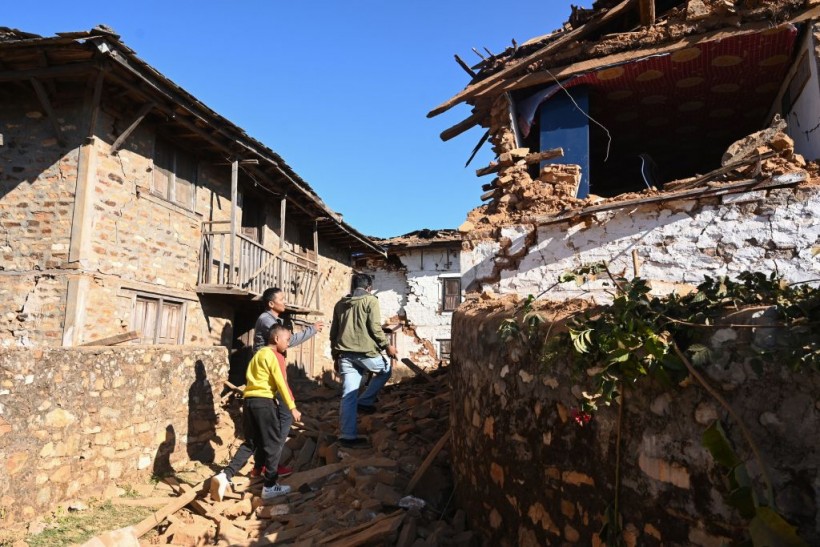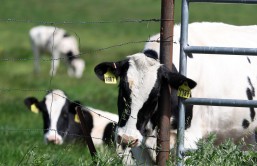Following the deadliest earthquake to hit Nepal in eight years, which killed 137 people and rattled many buildings, rescue workers started manually digging through the wreckage of fallen homes on Saturday, November 4, in search of survivors.
The 5.6 magnitude tremor rocked the Jajarkot area in western Nepal around 11:47 PM (1802 GMT) on Friday, November 3, according to the Nepal National Seismological Centre.
Death Toll Expected to Rise

Residents walk amid the rubble of damaged homes in Jajarkot district on November 4, 2023, following an overnight 5.6 magnitude earthquake. At least 132 people were killed in an overnight earthquake of 5.6 magnitude that struck a remote pocket of Nepal, officials said on November 4, as security forces rushed to assist with rescue efforts.
In a report by Reuters, authorities are concerned that the death toll might grow since rescue workers just arrived at the steep region around the epicenter early on Saturday, about 500 kilometers (300 miles) west of the capital Kathmandu.
Officials predicted a significant death toll and extensive property damage even though the quake's magnitude was relatively mild because of the area's subpar building standards. Moreover, it occurred during the night when most people were asleep.
Reportedly, rescue operations were likely to be delayed since emergency crews needed to first clear out roads blocked by landslides in several locations. Helicopters and light aircraft had been urged to be ready to help the effort.
In the Karnali province, 99 people died in Jajarkot, while another 38 were killed in the neighboring Rukum West district. Ramidanda, a nearby town, served as the epicenter.
Jajarkot has a population of 190,000, with communities spread out over the region's inaccessible hills. Three cities and three villages were reported to have been damaged.
An official in the prime minister's office reported that at least 85 persons were wounded in Rukum West and 55 in Jajarkot.
This is the worst earthquake since two shakes in 2015 claimed the lives of almost 9,000 people. More than a million homes were destroyed back then, costing the economy $6 billion. Entire villages were obliterated, along with temples and other ancient buildings dating back centuries.
See Also: Nepal Earthquake Death Toll Rises to 128, Dozens Injured After Powerful Quake Shakes Kathmandu
The Challenge in Finding Survivors
So many buildings have crumbled, and so many more have developed cracks. Harish Chandra Sharma, a district officer in Jajarkot, said many others slept outside in the freezing weather because they were too afraid to return to their damaged homes throughout the night.
Local TV media reports from the area showed rescue workers using only their bare hands to rummage through the wreckage of fallen buildings in search of survivors. It was seen that injured persons were being transported by rescue helicopter, as reported by the New York Post.
The Prime Minister of Nepal, Pushpa Kamal Dahal, and a medical team of 16 from the army flew in early Saturday to monitor the search, rescue, and relief efforts, according to his office. His administration made a public plea for donations from political groups, social professionals, and the general public to assist in funding necessities like food, drink, clothing, and shelter for the survivors.
See Also: Afghanistan Earthquakes: UN World Food Program Seeks $19 Million in Emergency Food Aid for Victims








